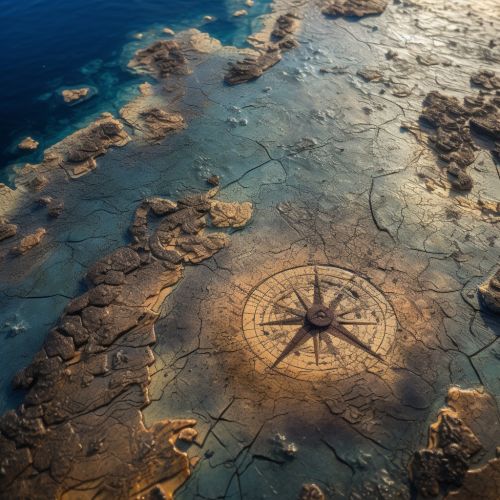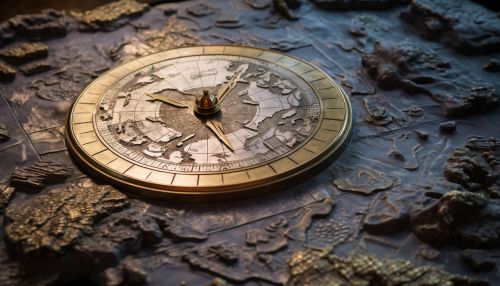History of Maps
Origins of Maps
The earliest known maps are of the heavens, not the earth. Dots dating to 16,500 BC found on the walls of the Lascaux caves map out part of the night sky, including the three bright stars Vega, Deneb, and Altair (the Summer Triangle asterism), as well as the Pleiades star cluster. The Cuevas de El Castillo in Spain contain a dot map of the Corona Borealis constellation dating from 12,000 BC.


Ancient Maps
The earliest maps of the earth date back to ancient civilizations. The ancient Greeks, for example, used maps for a variety of purposes, from military strategy to philosophical speculation. The Greeks were the first to treat map-making as a science, and they developed a number of important cartographic principles. The most famous Greek map-maker was Claudius Ptolemy, whose work in the 2nd century AD laid the foundations for the modern discipline of cartography.
Medieval Maps
During the Middle Ages, maps took on a more religious character. The most common type of map was the mappa mundi, a symbolic representation of the world that placed Jerusalem at its center. These maps were not intended to be geographically accurate, but rather to illustrate theological beliefs. The most famous mappa mundi is the Hereford Mappa Mundi, created around 1300 AD.
Renaissance Maps
The Renaissance saw a resurgence of scientific interest in cartography. The invention of the printing press allowed maps to be reproduced more easily, leading to a proliferation of maps and atlases. The most significant development of this period was the introduction of longitude and latitude, which allowed for more accurate mapping of the world.
Modern Maps
The 19th and 20th centuries saw the development of modern cartography. The invention of the telegraph and later the satellite allowed for real-time mapping of the world, leading to the development of the modern map. Today, digital mapping technologies such as Geographic Information Systems and satellite imagery have revolutionized the field of cartography, allowing for unprecedented accuracy and detail.
